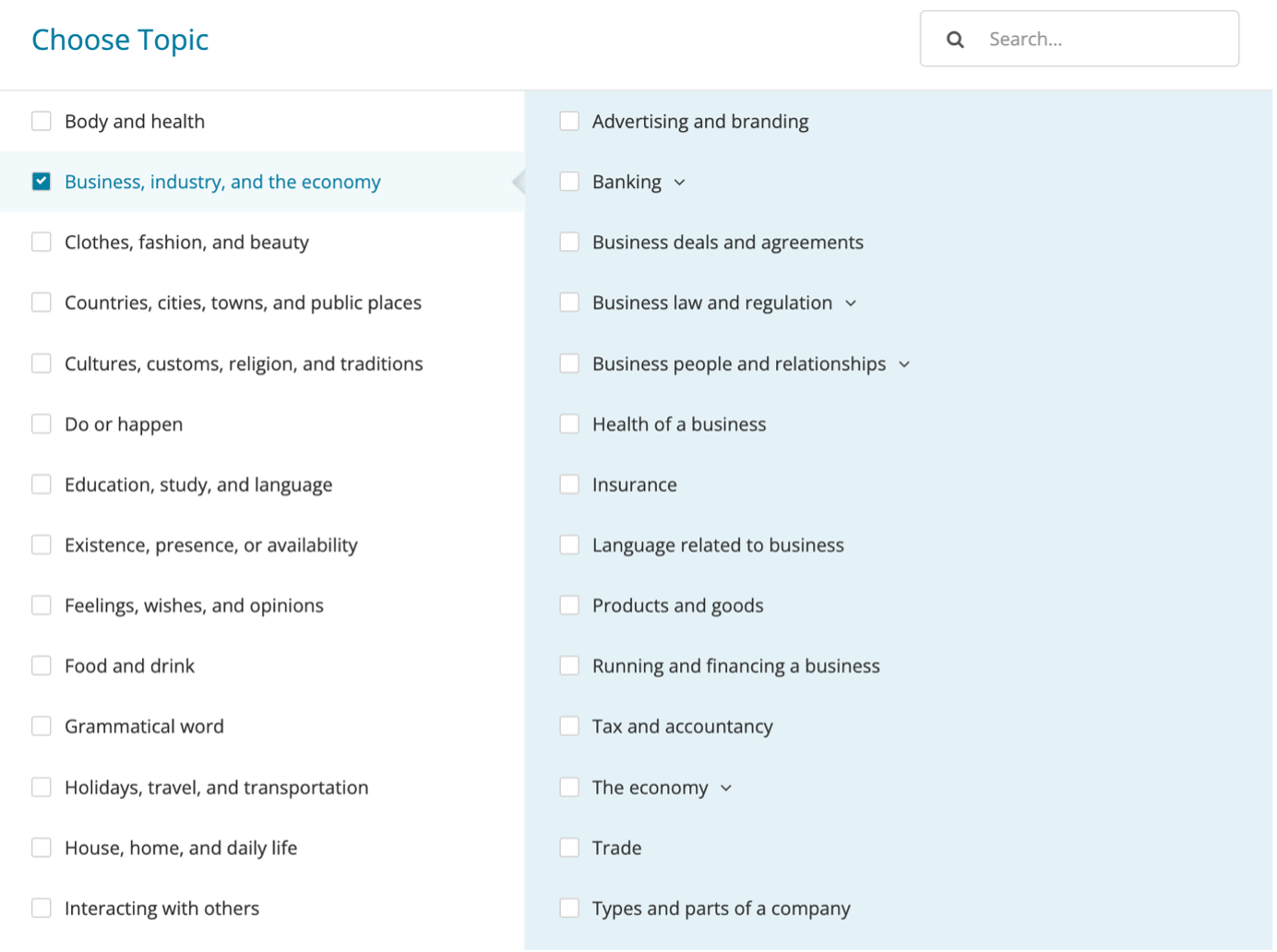When entering the world of language proficiency tests, test takers are often faced with a dilemma: Should they opt for tests scored by humans or those assessed by artificial intelligence (AI)? The choice might seem trivial at first, but understanding the differences between AI scoring and human language test scoring can significantly impact preparation strategy and, ultimately, determine test outcomes.
The human touch in language proficiency testing and scoring
Historically, language tests have been scored by human assessors. This method leverages the nuanced understanding that humans have of language, including idiomatic expressions, cultural references, and the subtleties of tone and even writing style, akin to the capabilities of the human brain. Human scorers can appreciate the creative and original use of language, potentially rewarding test takers for flair and originality in their answers. Scorers are particularly effective at evaluating progress or achievement tests, which are designed to assess a student's language knowledge and progress after completing a particular chapter, unit, or at the end of a course, reflecting how well the language tester is performing in their language learning studies.
One significant difference between human and AI scoring is how they handle context. Human scorers can understand the significance and implications of a particular word or phrase in a given context, while AI algorithms rely on predetermined rules and datasets.
The adaptability and learning capabilities of human brains contribute significantly to the effectiveness of scoring in language tests, mirroring how these brains adjust and learn from new information.
Advantages:
- Nuanced understanding: Human scorers are adept at interpreting the complexities and nuances of language that AI might miss.
- Contextual flexibility: Humans can consider context beyond the written or spoken word, understanding cultural and situational implications.
Disadvantages:
- Subjectivity and inconsistency: Despite rigorous training, human-based scoring can introduce a level of subjectivity and variability, potentially affecting the fairness and reliability of scores.
- Time and resource intensive: Human-based scoring is labor-intensive and time-consuming, often resulting in longer waiting times for results.
- Human bias: Assessors, despite being highly trained and experienced, bring their own perspectives, preferences and preconceptions into the grading process. This can lead to variability in scoring, where two equally competent test takers might receive different scores based on the scorer's subjective judgment.
The rise of AI in language test scoring
With advancements in technology, AI-based scoring systems have started to play a significant role in language assessment. These systems utilize algorithms and natural language processing (NLP) techniques to evaluate test responses. AI scoring promises objectivity and efficiency, offering a standardized way to assess language and proficiency level.
Advantages:
- Consistency: AI scoring systems provide a consistent scoring method, applying the same criteria across all test takers, thereby reducing the potential for bias.
- Speed: AI can process and score tests much faster than human scorers can, leading to quicker results turnaround.
- Great for more nervous testers: Not everyone likes having to take a test in front of a person, so AI removes that extra stress.
Disadvantages:
- Lack of nuance recognition: AI may not fully understand subtle nuances, creativity, or complex structures in language the way a human scorer can.
- Dependence on data: The effectiveness of AI scoring is heavily reliant on the data it has been trained on, which can limit its ability to interpret less common responses accurately.
Making the choice
When deciding between tests scored by humans or AI, consider the following factors:
- Your strengths: If you have a creative flair and excel at expressing original thoughts, human-scored tests might appreciate your unique approach more. Conversely, if you excel in structured language use and clear, concise expression, AI-scored tests could work to your advantage.
- Your goals: Consider why you're taking the test. Some organizations might prefer one scoring method over the other, so it's worth investigating their preferences.
- Preparation time: If you're on a tight schedule, the quicker turnaround time of AI-scored tests might be beneficial.
Ultimately, both scoring methods aim to measure and assess language proficiency accurately. The key is understanding how each approach aligns with your personal strengths and goals.
The bias factor in language testing
An often-discussed concern in both AI and human language test scoring is the issue of bias. With AI scoring, biases can be ingrained in the algorithms due to the data they are trained on, but if the system is well designed, bias can be removed and provide fairer scoring.
Conversely speaking, human scorers, despite their best efforts to remain objective, bring their own subconscious biases to the evaluation process. These biases might be related to a test taker's accent, dialect, or even the content of their responses, which could subtly influence the scorer's perceptions and judgments. Efforts are continually made to mitigate these biases in both approaches to ensure a fair and equitable assessment for all test takers.
Preparing for success in foreign language proficiency tests
Regardless of the scoring method, thorough preparation remains, of course, crucial. Familiarize yourself with the test format, practice under timed conditions, and seek feedback on your performance, whether from teachers, peers, or through self-assessment tools.
The distinctions between AI scoring and human in language tests continue to blur, with many exams now incorporating a mix of both to have students leverage their respective strengths. Understanding and interpreting written language is essential in preparing for language proficiency tests, especially for reading tests. By understanding these differences, test takers can better prepare for their exams, setting themselves up for the best possible outcome.
Will AI replace human-marked tests?
The question of whether AI will replace markers in language tests is complex and multifaceted. On one hand, the efficiency, consistency and scalability of AI scoring systems present a compelling case for their increased utilization. These systems can process vast numbers of tests in a fraction of the time it takes markers, providing quick feedback that is invaluable in educational settings. On the other hand, the nuanced understanding, contextual knowledge, flexibility, and ability to appreciate the subtleties of language that human markers bring to the table are qualities that AI has yet to fully replicate.
Both AI and human-based scoring aim to accurately assess language proficiency levels, such as those defined by the Common European Framework of Reference for Languages or the Global Scale of English, where a level like C2 or 85-90 indicates that a student can understand virtually everything, master the foreign language perfectly, and potentially have superior knowledge compared to a native speaker.
The integration of AI in language testing is less about replacement and more about complementing and enhancing the existing processes. AI can handle the objective, clear-cut aspects of language testing, freeing markers to focus on the more subjective, nuanced responses that require a human touch. This hybrid approach could lead to a more robust, efficient and fair assessment system, leveraging the strengths of both humans and AI.
Future developments in AI technology and machine learning may narrow the gap between AI and human grading capabilities. However, the ethical considerations, such as ensuring fairness and addressing bias, along with the desire to maintain a human element in education, suggest that a balanced approach will persist. In conclusion, while AI will increasingly play a significant role in language testing, it is unlikely to completely replace markers. Instead, the future lies in finding the optimal synergy between technological advancements and human judgment to enhance the fairness, accuracy and efficiency of language proficiency assessments.
Tests to let your language skills shine through
Explore Pearson's innovative language testing solutions today and discover how we are blending the best of AI technology and our own expertise to offer you reliable, fair and efficient language proficiency assessments. We are committed to offering reliable and credible proficiency tests, ensuring that our certifications are recognized for job applications, university admissions, citizenship applications, and by employers worldwide. Whether you're gearing up for academic, professional, or personal success, our tests are designed to meet your diverse needs and help unlock your full potential.
Take the next step in your language learning journey with Pearson and experience the difference that a meticulously crafted test can make.






